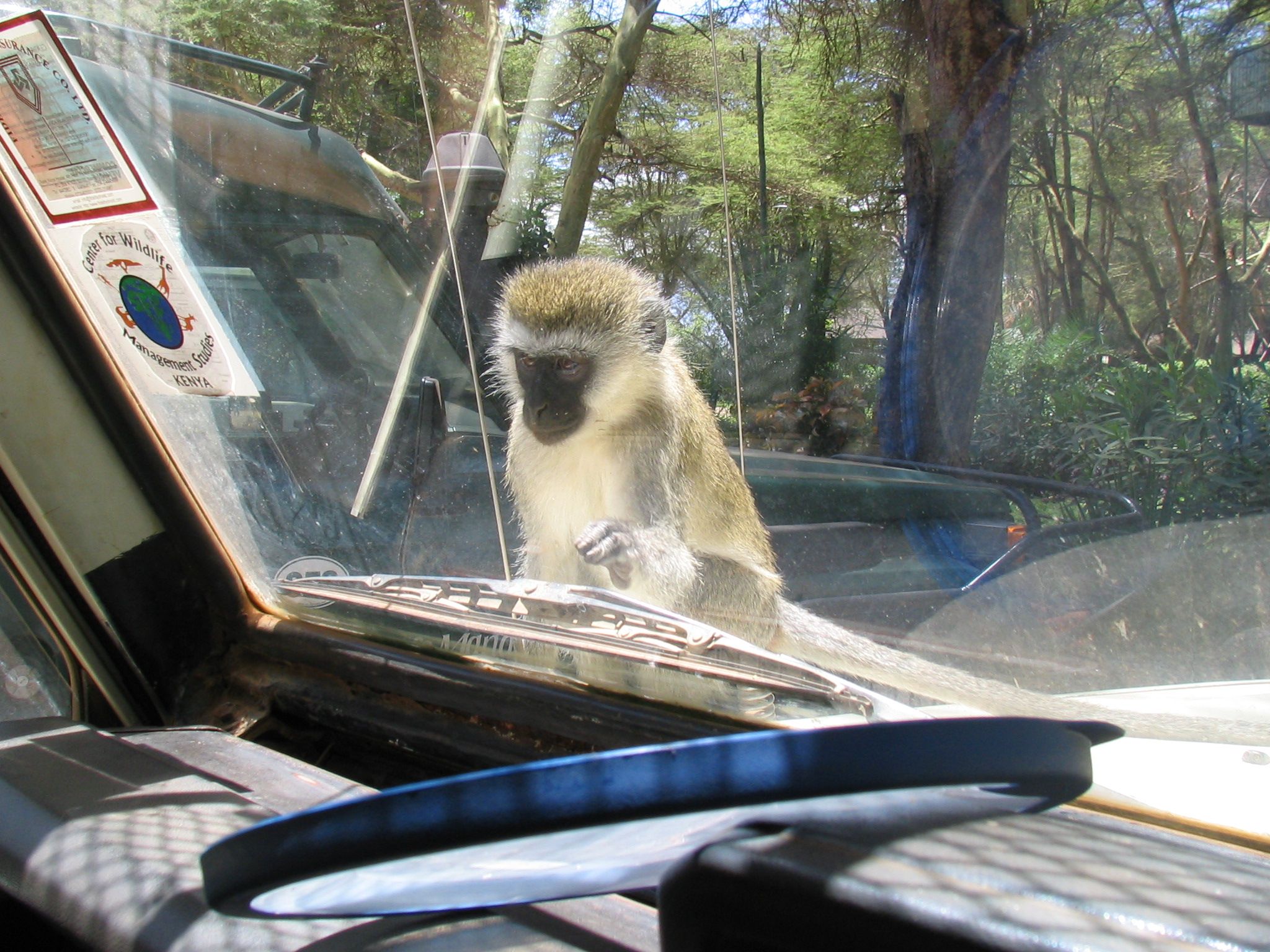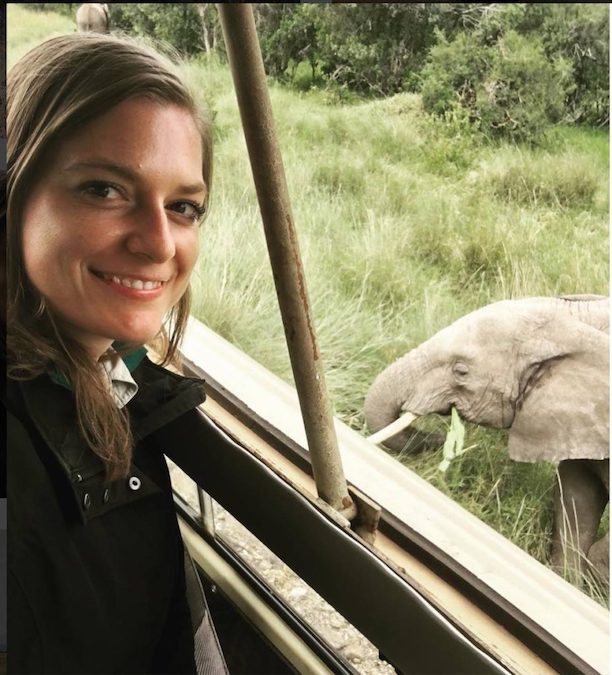
I LOVE to travel. And I LOVE wildlife. Being a wildlife biologist, I’ve seen a lot of wildlife over my lifetime. Some of it is from my research, but a lot is from my own travels booking excursions with companies. Wildlife tourism can be good for wildlife, drawing money in to protect species that might otherwise not stand a chance.
Take trekking mountain gorillas in Rwanda as an example. I did this over ten years ago, and it remains one of the best experiences in my entire life. The mountain gorilla is a critically endangered subspecies, of which, there are only about 300 mature adults. At the time, I paid over $500 to hike up the Virunga Mountains to spend an hour of my life side-by-side with about a dozen wild gorillas. The gorillas were originally habituated by researcher Dian Fossey. She protected them so aggressively against poaching that it eventually led to her murder in 1985. Without the spitfire Fossey standing guard it became increasingly harder to defend the gorillas against poachers, and encourage locals to protect them. But bringing in tourists to view the gorillas ensured their protection.
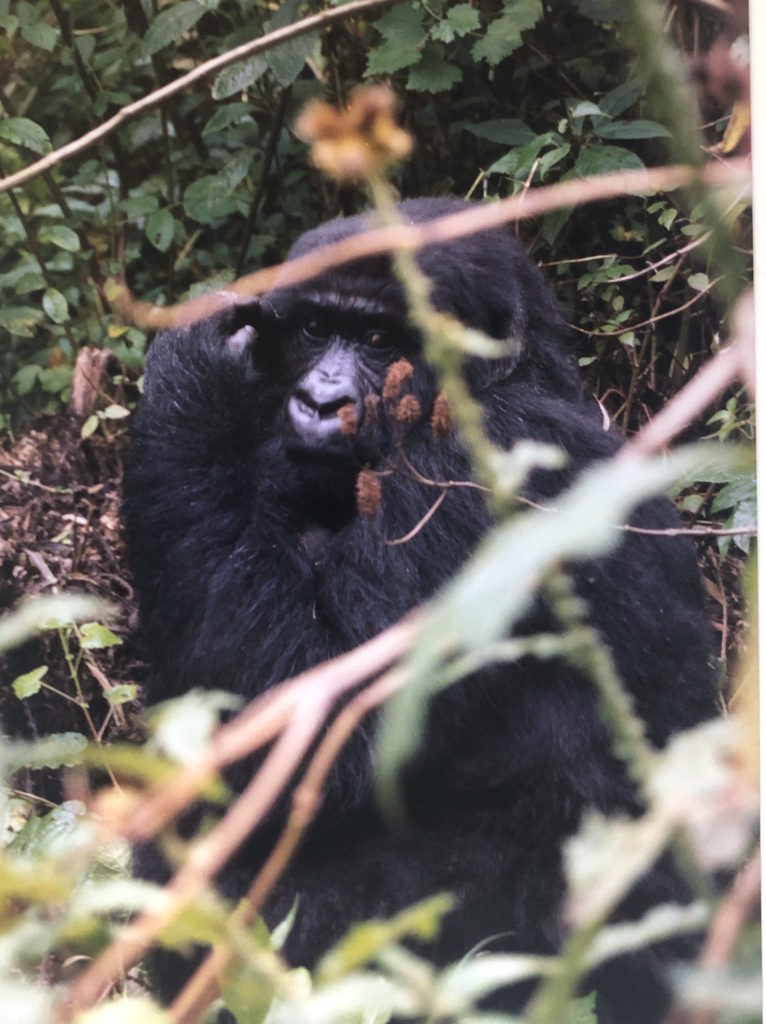
Now the gorillas are literally worth thousands of dollars a day. The gorillas are free and wild, but spend one hour with tourists each day. Through Fossey’s habituation and the thousands of tourists before me, the gorillas seemed at home being with us. We saw them participate in the most essential functions of life: eating, mating, and caring for young. You aren’t allowed to touch the gorillas, but if they approach you, there’s nothing you can do. One young gorilla brushed my side as s/he raced ahead of me. I was taking too much time climbing a steep incline.
Some people think this is sad (including me, partly); that the gorillas cannot exist without tourism. There would probably not be enough funding to protect their survival. But it was also an incredible experience, almost magical. Getting up close to animals often is.
On the outside, it’s also difficult to know if this experience was considered ethical wildlife tourism, and I took a long time to research it. Too often companies take advantage of wildlife and use it for profit. There is no conservation value or rehabilitation efforts, and in fact the opposite. Ventures like these are not only unethical and of concern for animal welfare, but they can also drive species extinctions.
Tourist operations have become savvy to heightened awareness about consumers’ desires to view and interact with animals without harming them. The words “sanctuary” and “rescue” are loosely defined and highly unregulated meaning that roadside zoos can slap these words on their logo to make it appear like they are doing good when they are actually causing harm. But there are legitimate sanctuaries that do good things for the animals they take in. And there are also unethical operations even where the animals are wild.
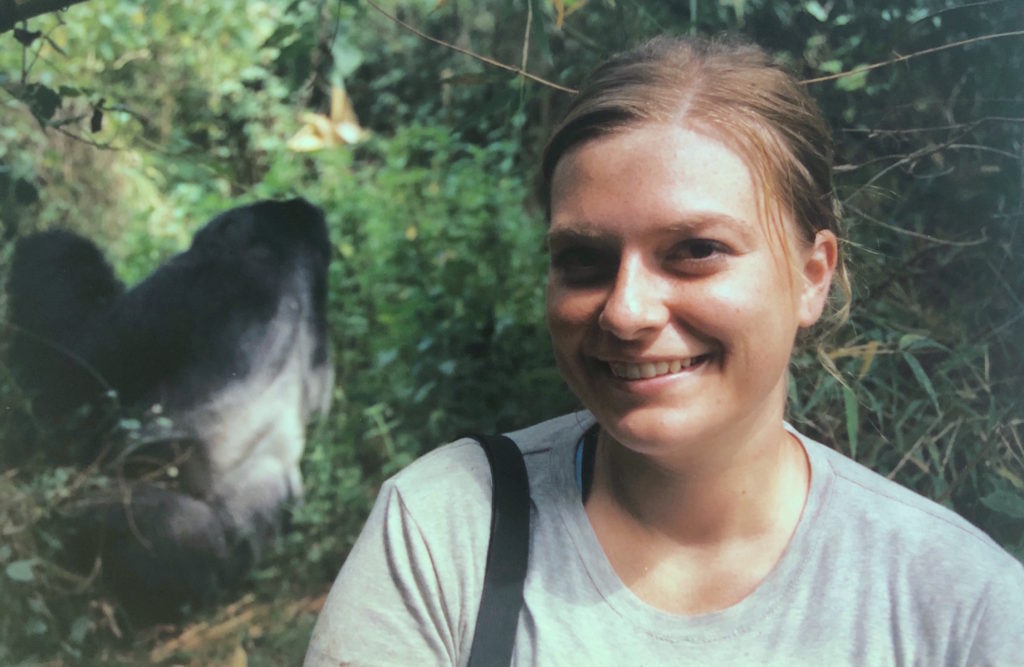
If it can be hard for someone to navigate what consists of ethical wildlife tourism, and even I have made mistakes. Here I share with you some of my best practices to help you have amazing wildlife adventures without supporting unethical tourist operations.
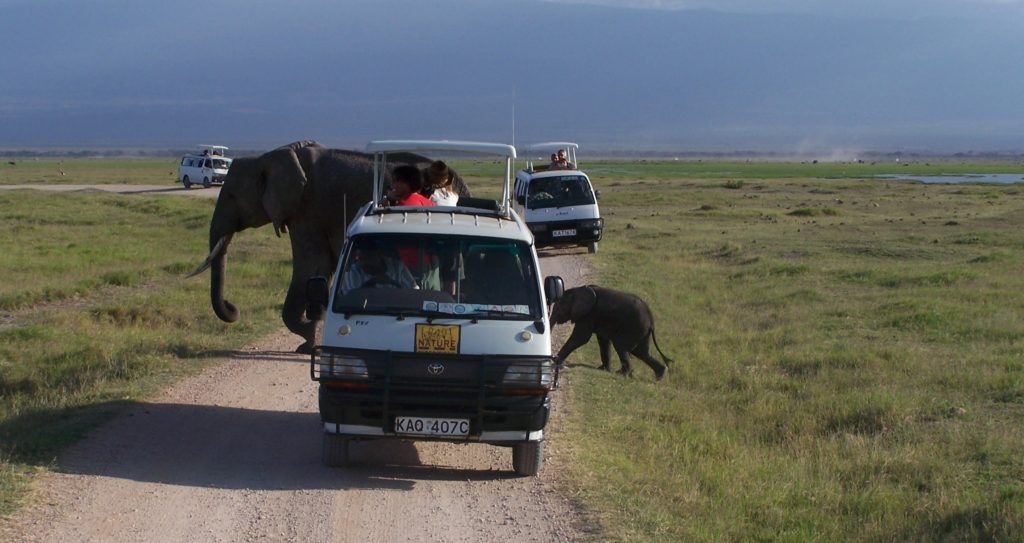
1. Avoid Places Where You Can Touch Animals
A big red flag is for any operation where you can touch non-domesticated animals (anything other then pets and livestock). In a world where selfies can make a tourism company a lot of money, the animals ultimately will suffer. Posting a photo of you with a wild animal will surely get you a lot of likes on social media, but for the animal, it’s life is nothing to like. In Asia, tigers are drugged so tourists can pose with them safely. In South America, unusual rainforest dwellers that are even difficult for scientists to see like giant anteaters will climb on your shoulders for the camera, but most of their day is spent locked up in small cages (check out National Geographic’s Special Report).

Such operations may even say the animals are orphaned animals from poaching, but they are probably lying. Note, in the case with mountain gorillas, we were not allowed to touch them, however, you couldn’t do anything if they touched you.
There are always exceptions, grey areas and fine lines that make it difficult to separate what’s right from wrong. There are some ethical wildlife tourism operations where you can touch an animal. For example, in Ol Pejeta Conservancy, where you can go on safari, there is a section where you can touch a critically endangered black rhinoceros that was orphaned and is blind. This rhino could never survive in the wild, so he serves as an ambassador to the wild animals. It is often rare to find situations, so the operation should have a good explanation, and if there are multiple animals you can touch, my suspicion of them lying increases.
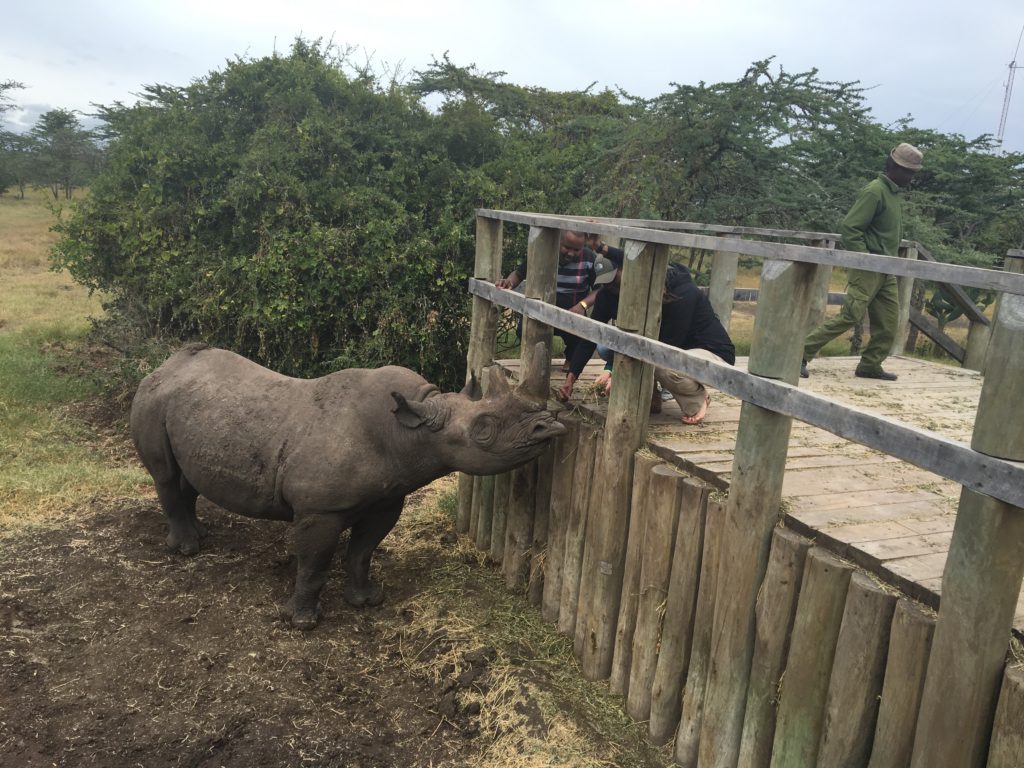
2. Be Wary of Places that ALWAYS Have Babies
Another rule of thumb is to be extremely wary of places that have a steady supply of babies, and again be especially wary when you can touch or take a photo with the babies. Many of these places will even call themselves sanctuaries, yet sanctuaries are facilities that house and care for animals for the rest of their lives. A constant supply of baby animals is impossible for a sanctuary to maintain; they will eventually run out of space when the animals grow up. Many sanctuaries therefore get rid of their animals when they grow up (and are no longer cute). They go to roadside zoos which are not accredited by the Association of Zoos & Aquariums or are even sold to canned hunts. These are operations where one can pay to shoot an animal inside a fence.
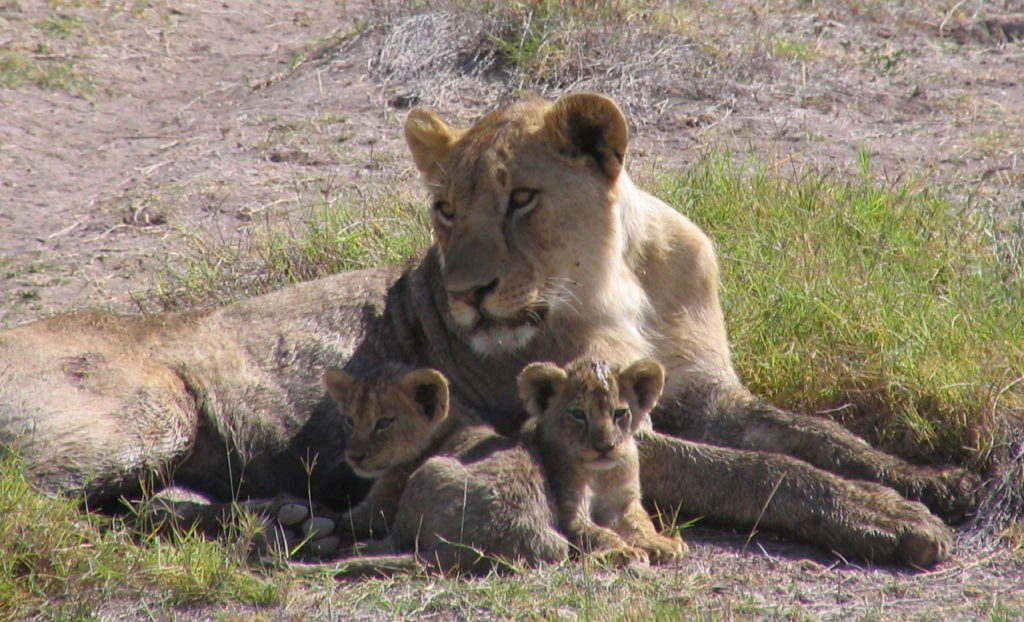
Other times, places will have babies because animals are orphaned due to poaching. If these places are legit, they should only continuously have babies if they rehabilitate them and release them to the wild (otherwise they wouldn’t have space). Very rarely are animals that are going to be released to the wild put on display for tourists because getting the orphans used to humans would likely decrease their chances of survival. In other words, if the orphans get used to humans, they are more likely to get poached.
The only exception I know of this is the David Sheldrick Elephant and Rhino Orphanage in Nairobi, Kenya. Elephants are so smart that they can even distinguish people from different tribes in Kenya and the orphanage goes to great lengths to make sure the elephants know their keeper, but do not become accustomed to humans in general.
3. Avoid Places that Feed Wild Animals
A step removed from touching, but equally damaging is feeding wildlife. A classic example of this is bears in Yellowstone National Park in the western United States. Vintage photos from the 70s show regular park goers holding out doughnuts to bears standing on their hind legs like ringmasters in the circus. Bears grew accustomed to human food and learned to find it easily in trash bins. When the trash bins ran out of food, they started raiding campsites and breaking into cars.
Feeding animals causes animals to lose their fear of humans, or to overcome their fear in the presence of delicious food. Either way, a “fed bear is a dead bear.” Bears that become problematic because of their dependency on food have to be shot to protect people.
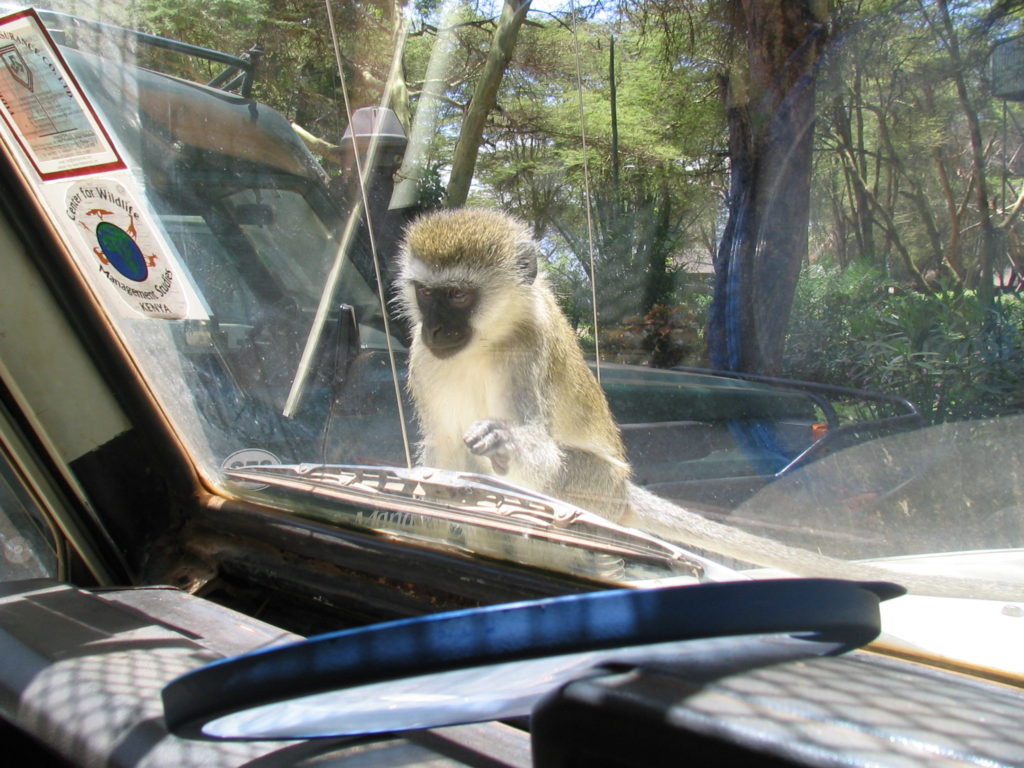
In Kenya, one of the lodges that we stayed at had a large wooden post with a rope attached to it. I asked the hotel what it was. They said they used it to hang meat so tourists could easily see leopards when they come for the meat, an animal usually difficult to see. One day, they didn’t put out the meat and the leopard attacked a person. They no longer put out meat.
Feeding animals is dangerous for tourists too, even if the animal seems harmless. Check out this video I found on Twitter of a woman trying to feed a deer.
Still can’t believe that this happened 💀 pic.twitter.com/jagjlRXKmh
— julissa (@julissa_yvette) August 25, 2019
4. Give Animals Their Space
A good question to ask yourself to know if you are participating in ethical wildlife tourism is “How intrusive are your actions are on the animal?” As tourists, our mere presence impacts animal behavior and animals sometimes cannot seek an escape, even in the wild.
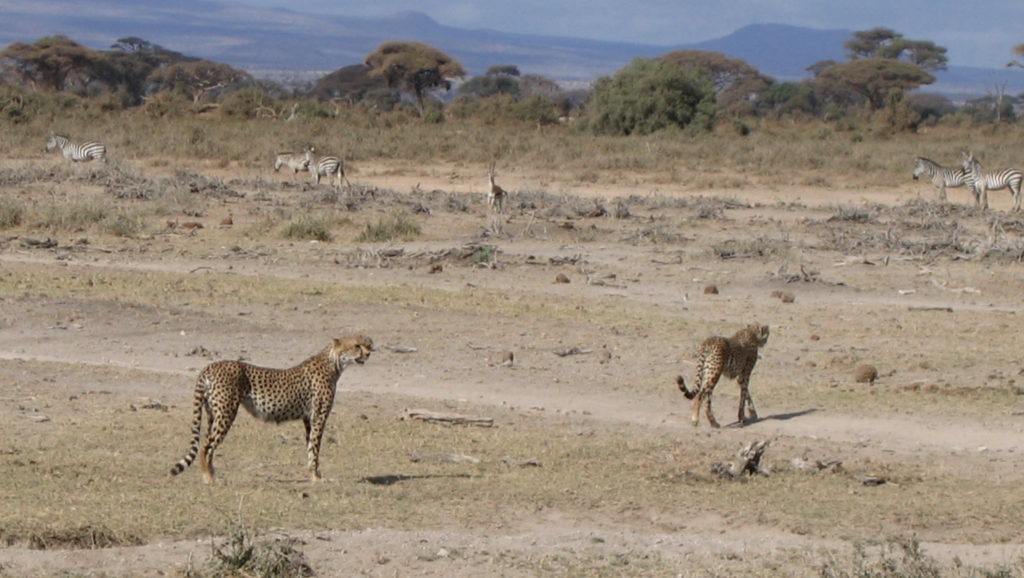
In Kenya, the Maasai Mara is one of the few parks not managed by the Kenya Wildlife Service. Driving off-road is not strictly enforced and you can easily zoom your Land Cruiser over the open savanna to see your most sought after species. For many species, they have the refuge of night when tourists are not around, but diurnal (daytime) species are not so lucky. Cheetahs, one of the few daytime hunters can find it difficult to make a kill with dozens of caravans surrounding them. This can actually affect their survival if they are continuously disrupted by tourism and can’t eat.
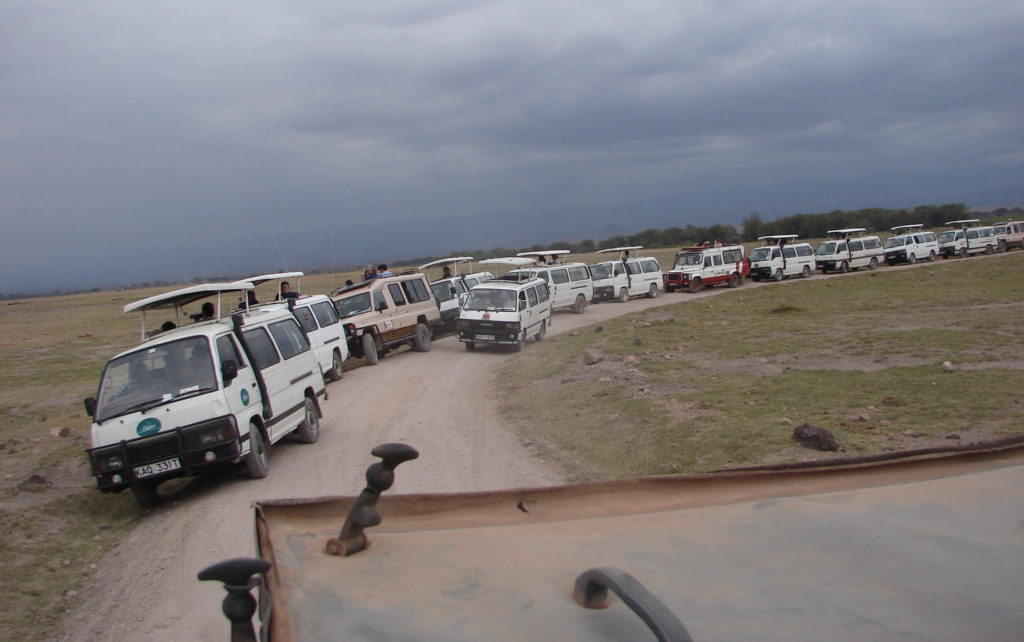
5. Look for Rules
Another very good sign of an ethical wildlife tourism operation is one where they don’t have to rely on you making good choices, but one where they enforce rules. Before I trekked gorillas in Rwanda, the guides went over the extensive set of rules with us such as not touching the gorillas. When I went whale-watching in Vancouver to see orcas, the guides brought up the Marine Mammal Protection Act and stated that although the whales could come to boat, we had to keep a distance from them. Rules may decrease your chances of seeing wildlife up close, but they protect wildlife.

Finding ethical wildlife tourism operations can be tricky. I personally would rather miss out on seeing an animal than put its wellbeing or survival at risk. Do your research ahead of time and read reviews on places like TripAdvisor. While these are best practices, they may always be exceptions to the rules.
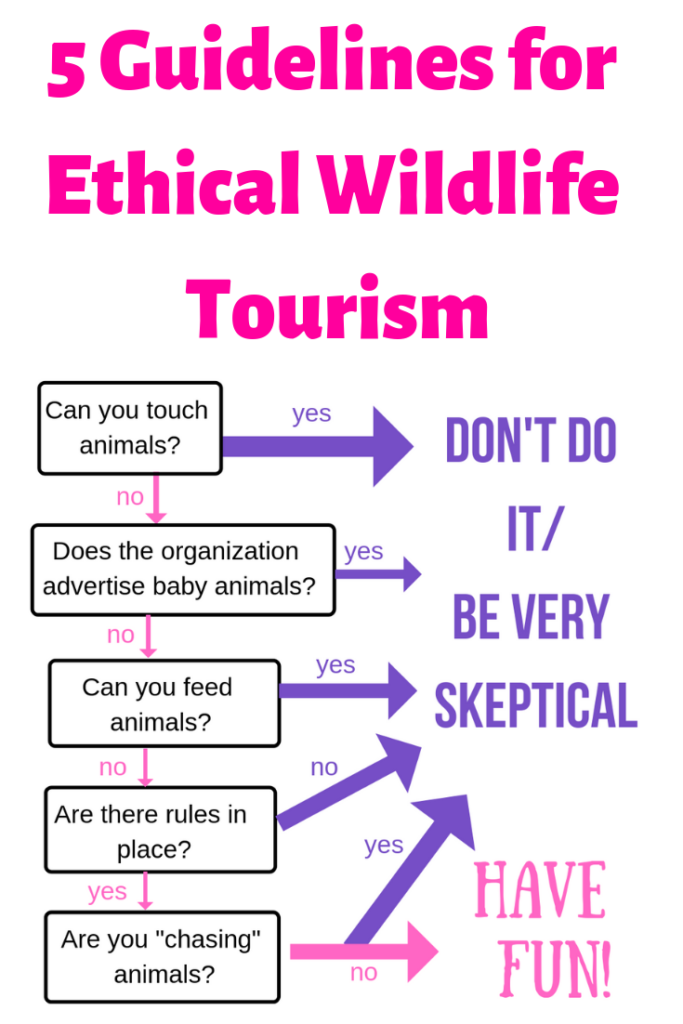
Love this post? Share it with friends!

